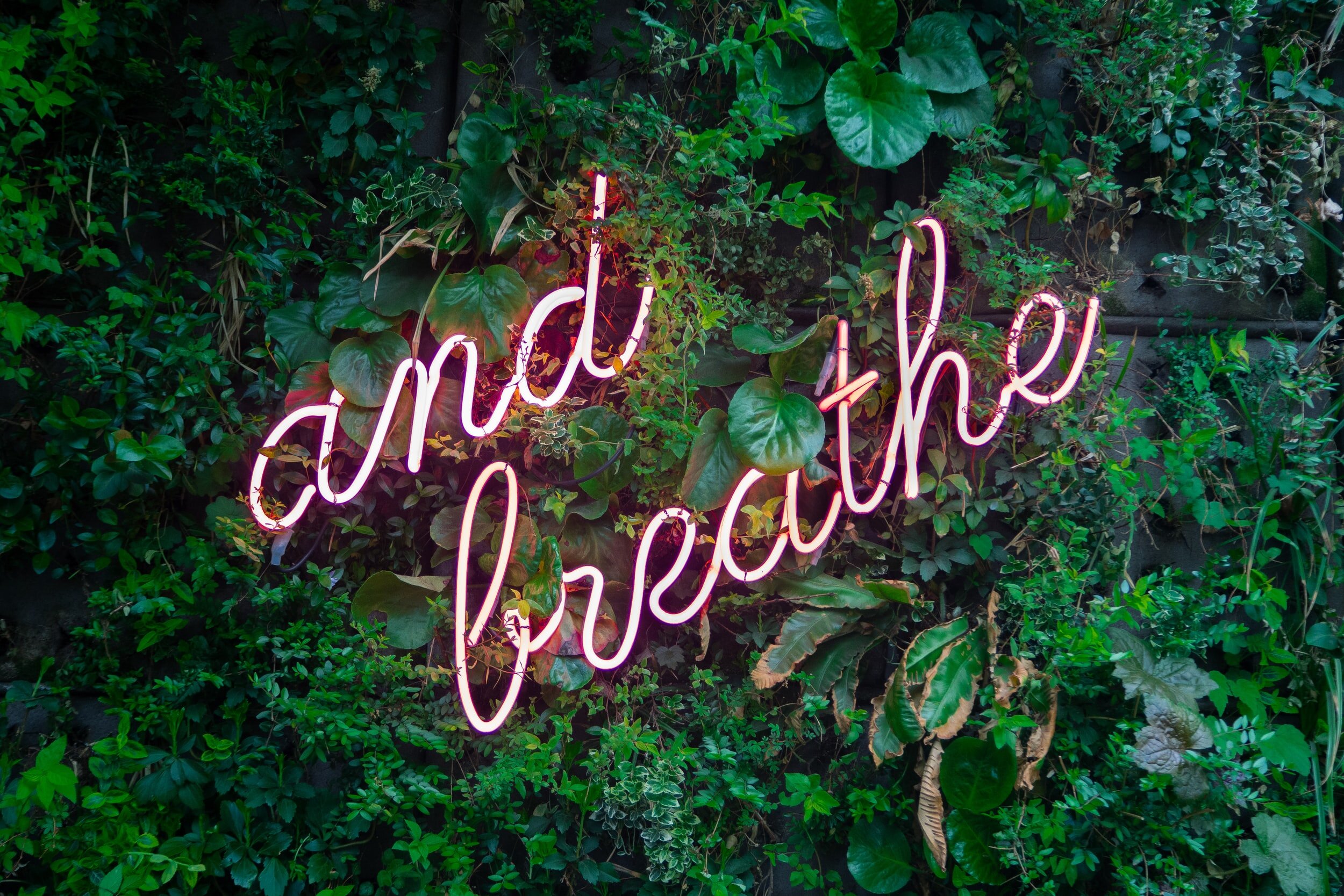Body scan meditations are one form of mindfulness meditation to help bring your attention to the present moment through awareness of bodily sensations. We practice body scans daily at Liberate and know it can an intimidating practice to start! Read on to learn more about how we recommend to practice a body scan, and the benefits. You will be a pro in no time.
How to:
Step 1: Setup
The key to a a relaxing body scan is to settle into a comfortable position in a place where you are least likely to be disturbed by sound or distractions. Laying flat is ideal, so I personally like to do this practice lying in bed. This is a great technique to use in the morning or evening. To get set up, keep your palms facing upward and let your legs fall open, supporting the back of your legs with a blanket if you need to. If your head needs support, you can use a pillow, and then gently close your eyes.
Step 2: Breathe
Once you’ve found a position where you can be still for your practice, tune into your breath, taking deep breaths in and out through your nose. Your mind may wander, so don’t be afraid of any sensations or unwelcome thoughts you may experience during your time of relaxation. Distractions are a natural part of the process, so it’s okay if you find yourself with a mind full of thoughts! Don’t fight them — simply welcome these thoughts, note that you’ve been distracted, and then return your focus back to your breath. There are many times in my own practice when I need to return my focus to my breath over and over again, so don’t place any judgment if that happens.
Step 3: Scan
Starting from the top of your head, start to consciously scan your entire body, noting the feeling of each body part. One by one, slowly draw your attention to your neck, shoulders, arms, belly, hips, legs, and feet, allowing as much time as you need or desire to investigate each part of your body. Do you feel any vibrations, tingling sensation, heaviness, pressure, movement, heat, or coolness? Notice the sensations without trying to change them or judge them.
Spend extra time on areas that are holding tension. Maybe it is in your neck, shoulders, or chest. I tend to find the muscles of my face tensing, so I rest my attention there for a longer period to relax this tightness. Breathe into these areas and soften them with kindness and compassion. If thoughts pop in as you’re doing this (which, again, is natural!), see if you can let them go without judgement. Inhale into the feeling, and exhale to bring to mind a visual of radiating, calming light spreading through that area.
I find it helpful to place one hand on my belly and one hand on my heart to really tune into the feeling of my breath. Feel free to try this yourself. Notice that some breaths may be deeper, some more shallow; some shorter, and some longer.
Step 4: Return
When you’ve finished guiding yourself through all the areas of your body, take a moment to get in touch with the movement of your breath and any physical sensations you may feel. Do you feel any different than when you started? What’s your current temperature like? Become aware of anything that’s present for you.
To help ground yourself, focus on where your body is in contact with the floor or the bed. Taking your time, slowly begin to wiggle your toes, move your head from side to side, and stretch gently. When you’re ready, open your eyes. Enjoy the sense of calm you created!
Benefits:
Decrease Stress
If you’re feeling stressed, a body scan can help. This mindfulness practice “speaks” to our nervous system and tells our body and mind that we are safe. Once you begin to ground yourself in your body, you can then disconnect from the worries in your mind. It becomes even more powerful when combined with mental work like reflection journaling, which breaks down anxieties that can take up valuable headspace or create more physical tension. Coupling this with journaling afterward – I like to write “stream of consciousness” style – really helps seal in the calming, grounding effects.
Improve Sleep
Struggling with restless nights? A good night’s sleep is crucial to feeling our best, and the effects build over time. A regular body scan practice before going to sleep can help relieve insomnia. By doing a body scan at night, you’ll focus on the present moment, lessening any rumination about the past or catastrophizing about the future that would normally keep you up late at night. Over time, you teach your body and mind to relax and unwind, which will help lull you into a better night’s sleep and recharge you for the day ahead.
Reduce Pain
If you live with chronic pain, finding relief can be extremely challenging. A body scan won’t necessarily change your amount of pain, but it can help change your relationship with pain. Practicing increased awareness and non-judgmental acceptance of your pain can actually lead to an improved outlook. Research shows that a 10-minute body scan can help adults with chronic pain. Try adding a body scan practice to your routine and notice how you feel afterward.
The benefits of a body scan are extensive. While it might feel intimidating, this practice is definitely worth including into your routine. This type of meditation can help anyone and it’s especially soothing for someone who experiences anxiety. Use the tips above to give it a try. Let us know how it goes for you, and leave any questions down in the comments! And for guided mindfulness with our Leaders, check out a live class or our On Demand library.
By Katherine DiMaggio





